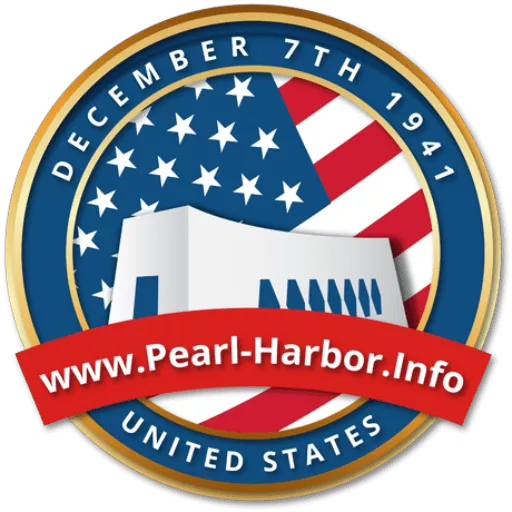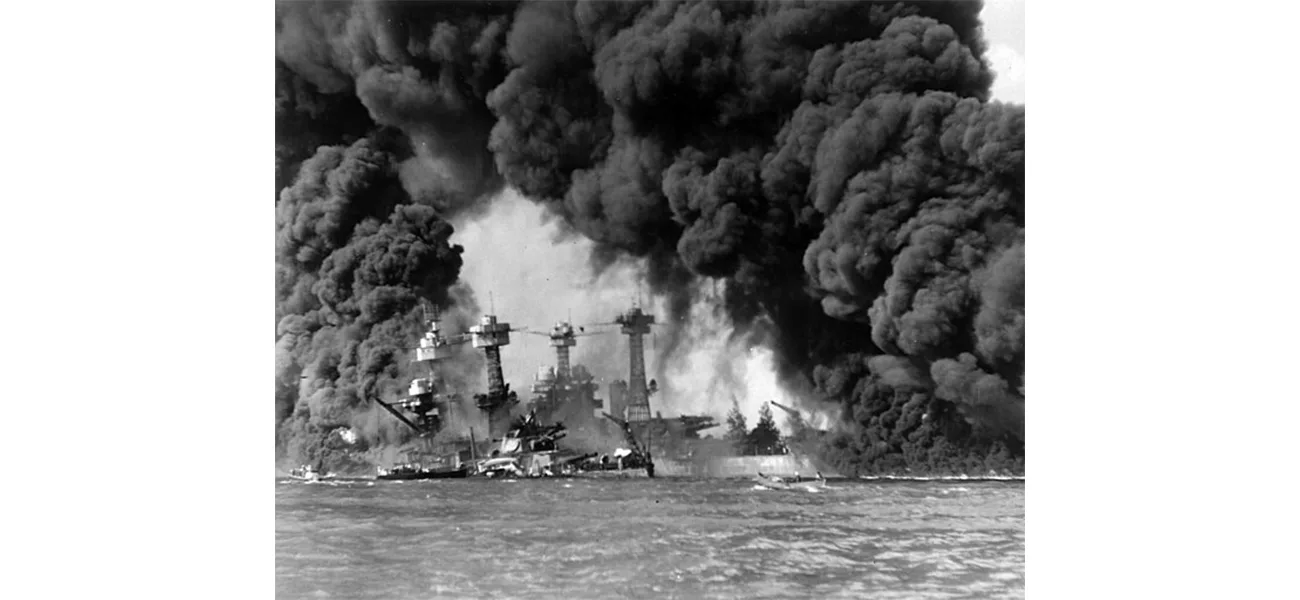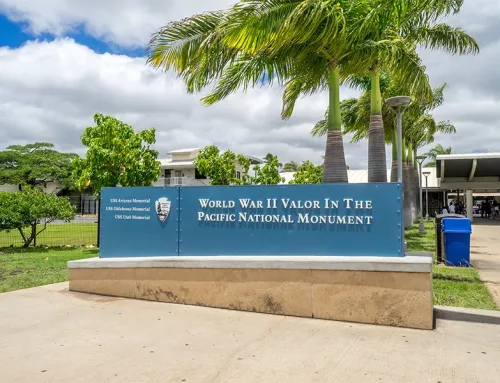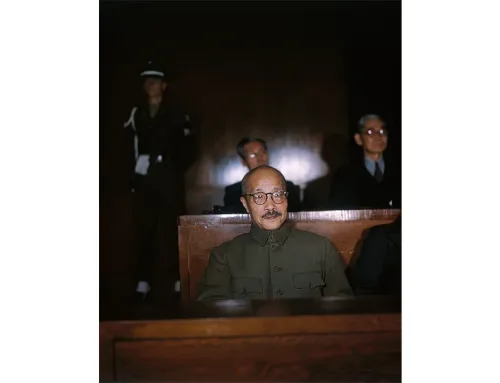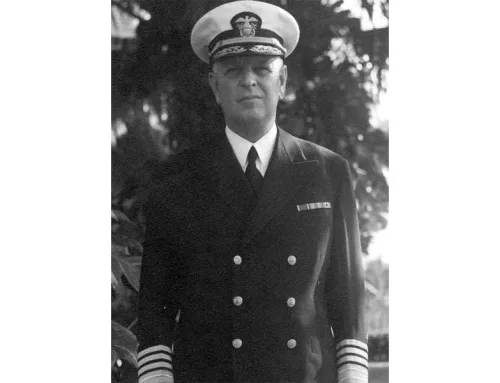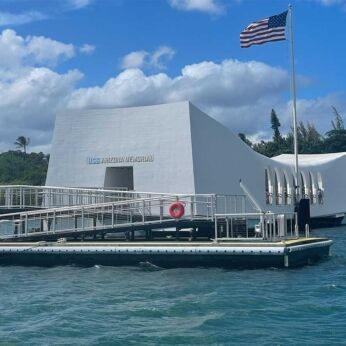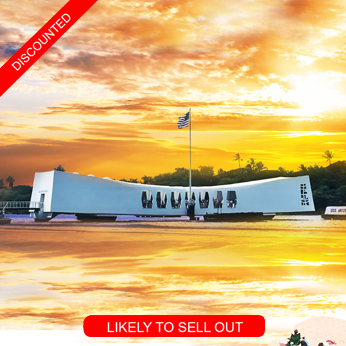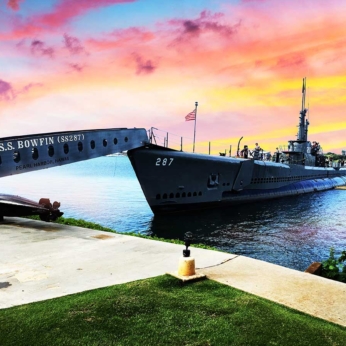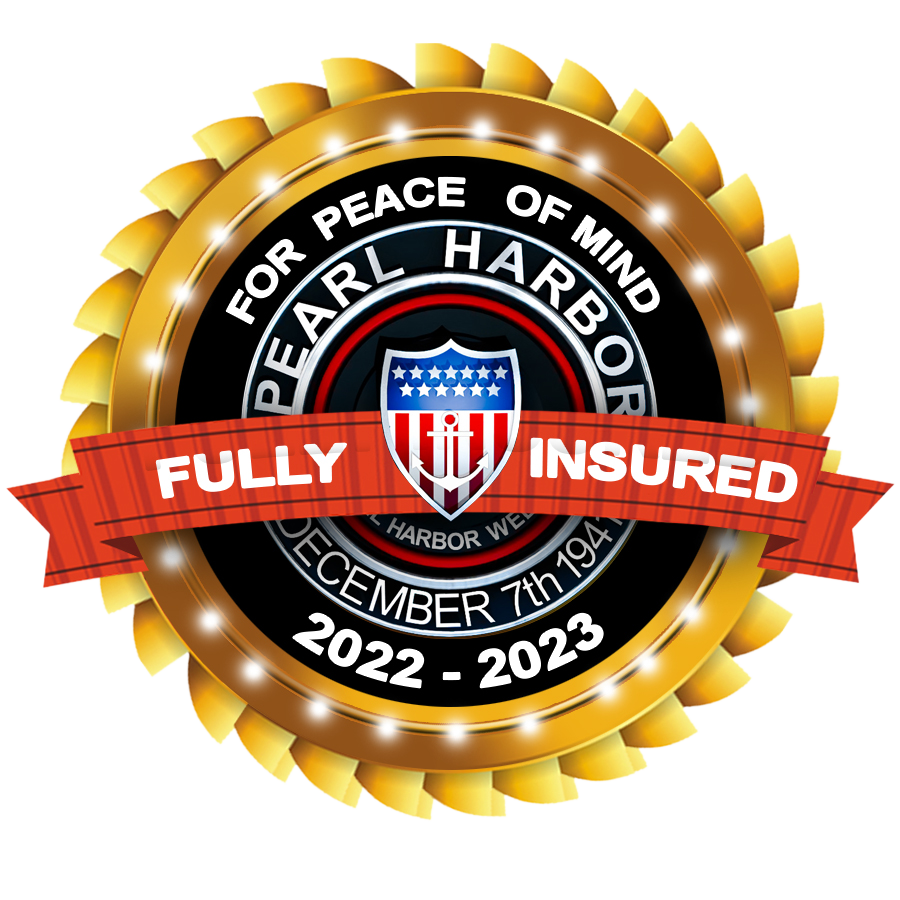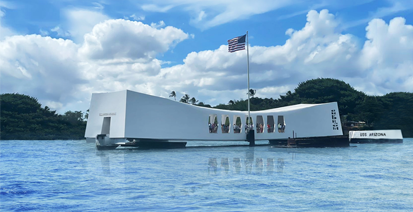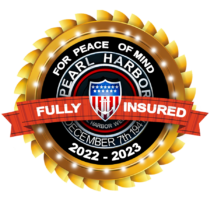What Does it Mean When a Ship is Listing?
The U.S. Navy battleships USS West Virginia (BB-48) (sunken at left) and USS Tennessee (BB-43) shrouded in smoke following the Japanese air raid on Pearl Harbor. USN. <https://commons.wikimedia.org/wiki/National_Archives_and_Records_Administration> PD-USGov-Military-Navy
When you’re exploring the events of December 7, 1941, at Pearl Harbor, you don’t need to be a naval expert to understand the basics. The museums, memorials, and tours offer all the important historical details, such as the names and fates of the ships that were there that fateful morning. However, if you’re someone who enjoys digging deeper and understanding the more technical aspects, one term you might hear is “listing.” But what does it actually mean when we say a ship is listing?
Listing vs. Rolling vs. Trimming
The term “listing” is used to describe when a ship tilts to one side, often due to water flooding into its hull. A vessel can list either to port (left) or starboard (right), which can impact its stability. In contrast, when we say a ship is “trimming,” it refers to a forward or backward tilt, such as the bow or stern being lower than usual.
It’s also crucial not to confuse listing with rolling. While listing involves a ship tilting to one side, rolling describes the side-to-side motion a ship experiences as it moves through rough seas. Both conditions can be dangerous if they become extreme, as either could potentially lead to a ship capsizing.
The Listing Ships of Pearl Harbor
The ships at Pearl Harbor experienced significant damage during the attack, and the word “listing” is frequently used when describing their fates. One of the most notable examples is the USS Oklahoma (BB-37), which was struck by multiple torpedoes during the attack. The bomb hits caused Oklahoma to immediately start listing to her port side. An official report from Commander Jesse L. Kenworthy mentioned that Oklahoma had a 25- to 35-degree list after the initial attack. As more torpedoes hit her, the flooding worsened, and the ship’s list grew, eventually causing Oklahoma to capsize. The ship would have completely overturned if it weren’t for her masts striking the harbor floor, preventing a full flip.
Another ship that experienced a listing was the USS West Virginia (BB-48), which also took multiple torpedo hits. However, the crew aboard West Virginia was able to implement a counter-flooding strategy. This process involved flooding certain sections of the ship in a controlled manner to balance out the weight distribution, preventing her from listing further and potentially capsizing. Timely counter-flooding played a critical role in helping West Virginia stay upright and making it easier to refloat her later.
Why Understanding “Listing” is Key
While the term “listing” may seem like a small detail, understanding it adds a layer of depth to the historical events that unfolded on December 7, 1941. The fates of ships like the USS Oklahoma and USS West Virginia are etched in history, and knowing about the technical terms related to their conditions helps bring the full story to life. The ability to describe how a ship’s stability was impacted by water, explosions, and torpedo strikes gives visitors and history buffs a more vivid picture of the intense and tragic events of that day.
For those planning a visit to Pearl Harbor, understanding these terms is not necessary to enjoy the experience, but for those who want to dive deeper into the technical and naval aspects of the attack, terms like “listing” offer a fascinating glimpse into the battleships’ struggles to stay afloat. It’s these details that make the history of Pearl Harbor so compelling, and they continue to capture the imaginations of visitors from all over the world.
In the end, while “listing” might just be a small part of the larger story, it serves as a powerful reminder of the strength, resilience, and tragic loss faced by the sailors and ships of Pearl Harbor.
Most Popular Oahu Tours
Best Pearl Harbor Tours

The following tours are recognized as the most popular Pearl Harbor Tours on Oahu. While generally, our price is the lowest in the market now, for a limited time, they are on sale too. Please be advised that Pearl Harbor tickets and USS Arizona Memorial tickets are included in all of our Arizona Memorial Tours, Pearl Harbor small group tours, and private Pearl Harbor tours.
